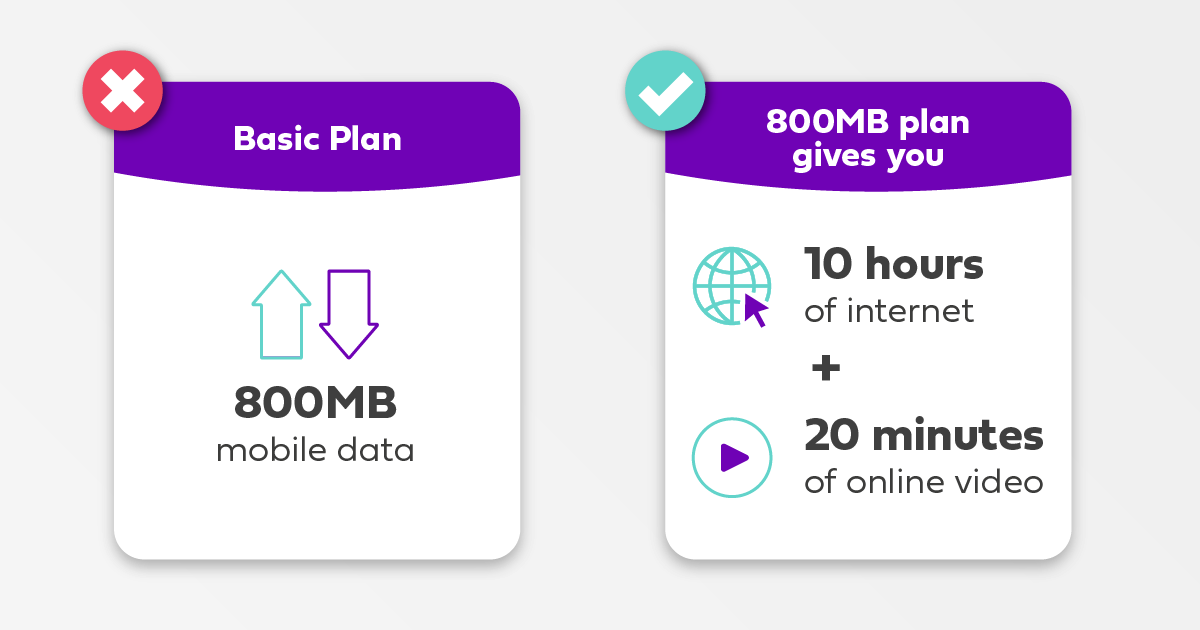
At KaiOS, we invest in research to understand the behavior, interests, and needs of first-time internet users. Here are five things we’ve learned about new internet adopters from our research.
1. They don’t know the benefits of connectivity
Newly connected people often see mobile internet as little more than a status symbol. For 82% of our interviewees in Nigeria, an internet-enabled phone is just a means to boost their social status. Without an understanding of how connectivity can benefit them, new smart feature phone users tend to experiment with very basic online activities and disengage when their data packages run out.
2. Retail workers are their best guides
Retail workers are a non-internet user’s most knowledgeable source of information about mobile internet and smart feature phones. When in-store staff helps newly connected people feel confident and competent about using smart feature phones, they pay to spend more time online, as this Tigo Rwanda case study shows.
3. They want to know what x number of megabytes gives them
While experienced internet users tend to buy large data bundles to save on cost per MB, newcomers prefer buying smaller bundles more frequently. When buying data packages—for their own use and as gifts—they respond better to offers that translate megabytes and gigabytes into everyday language they can understand. For example, “This basic bundle gives you 10 hours of internet browsing and 20 minutes of watching video”, as opposed to, “This basic plan gives you 800 MB”.

4. Free resources are their entry to meaningful internet use
New internet adopters are interested in taking advantage of free resources. Our Life app, which provides free training on digital skills, health, finances, and other topics, is currently one of the five most downloaded apps in Nigeria and Uganda, and the 14th most downloaded app in Rwanda. Life’s popularity shows that new internet users are eager to explore online content and to develop new skills.
5. Localized content can convert non-internet users to connectivity
Localized content—apps and resources that address local needs—can convert non-internet users into active internet use. Farmers in Kenya became late adopters once they learned that they could use smart feature phones to manage their supply chain and increase their incomes as a result.
Research takeaways
Here is a summary of our findings:
- Effective onboarding is crucial to keeping first-time internet users active online and connected in a meaningful way.
- Onboarding should start at the store, and in-store staff should be trained to sell as well as to educate.
- Data package offers that translate megabytes or gigabytes into use-based descriptions are typically more successful.
- Late internet adopters buy data packages as gifts—carriers should note this behavior and capitalize on it.
- Free, useful content are late adopters’ entry to meaningful connectivity.
- Localized content can convert non-users into active users.
To learn more about our research into first-time internet users and emerging markets, contact us at partnerships@kaiostech.com.